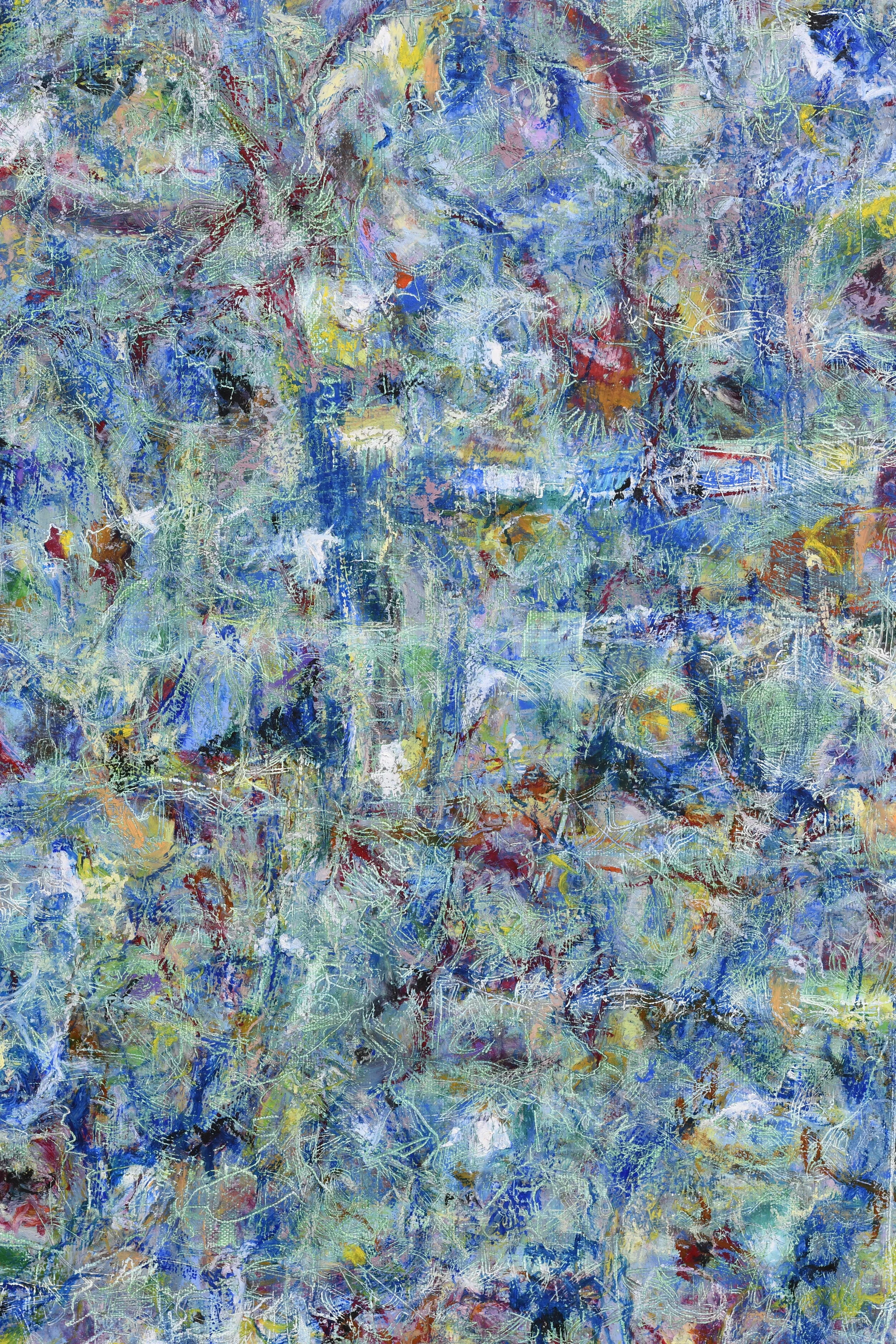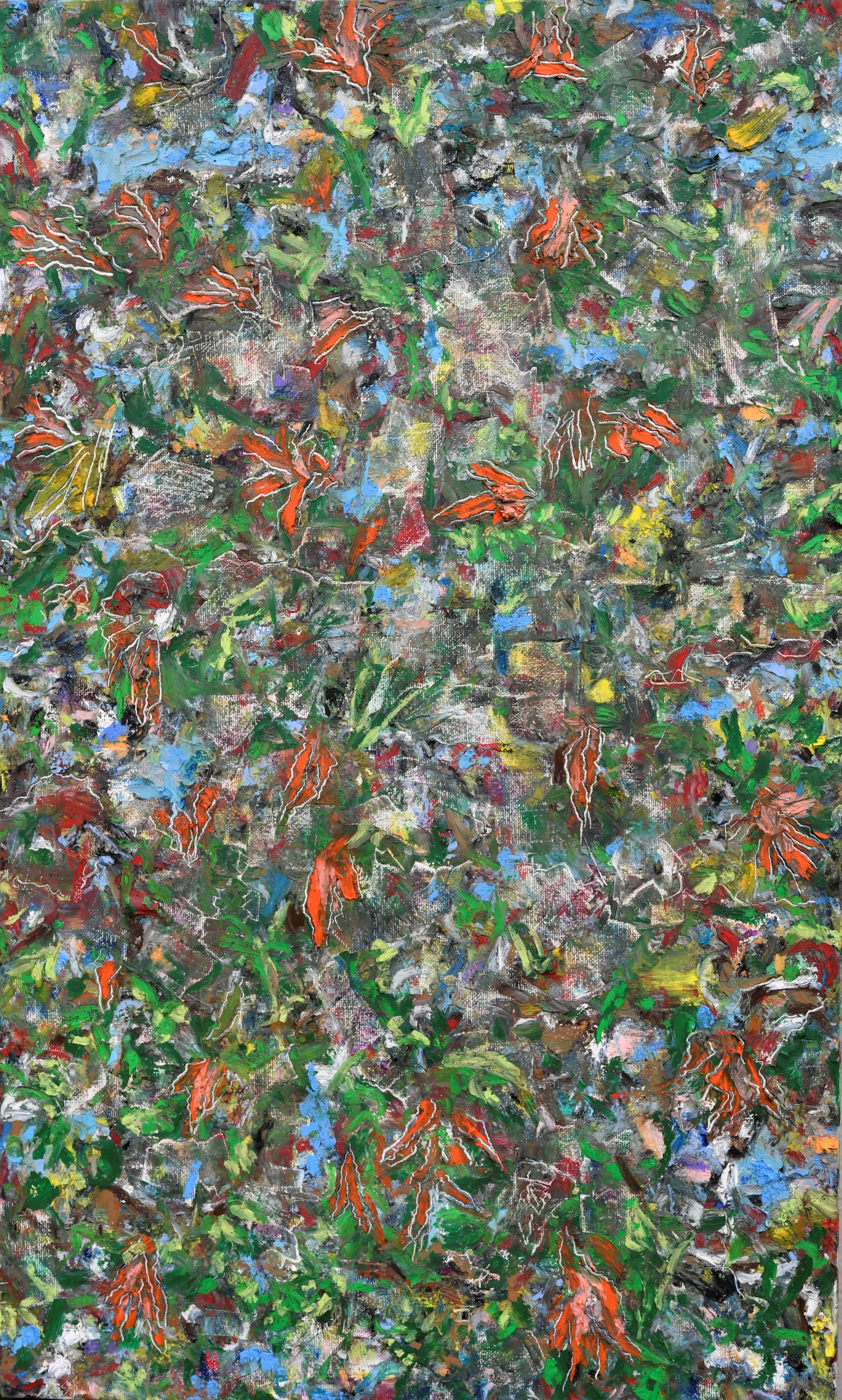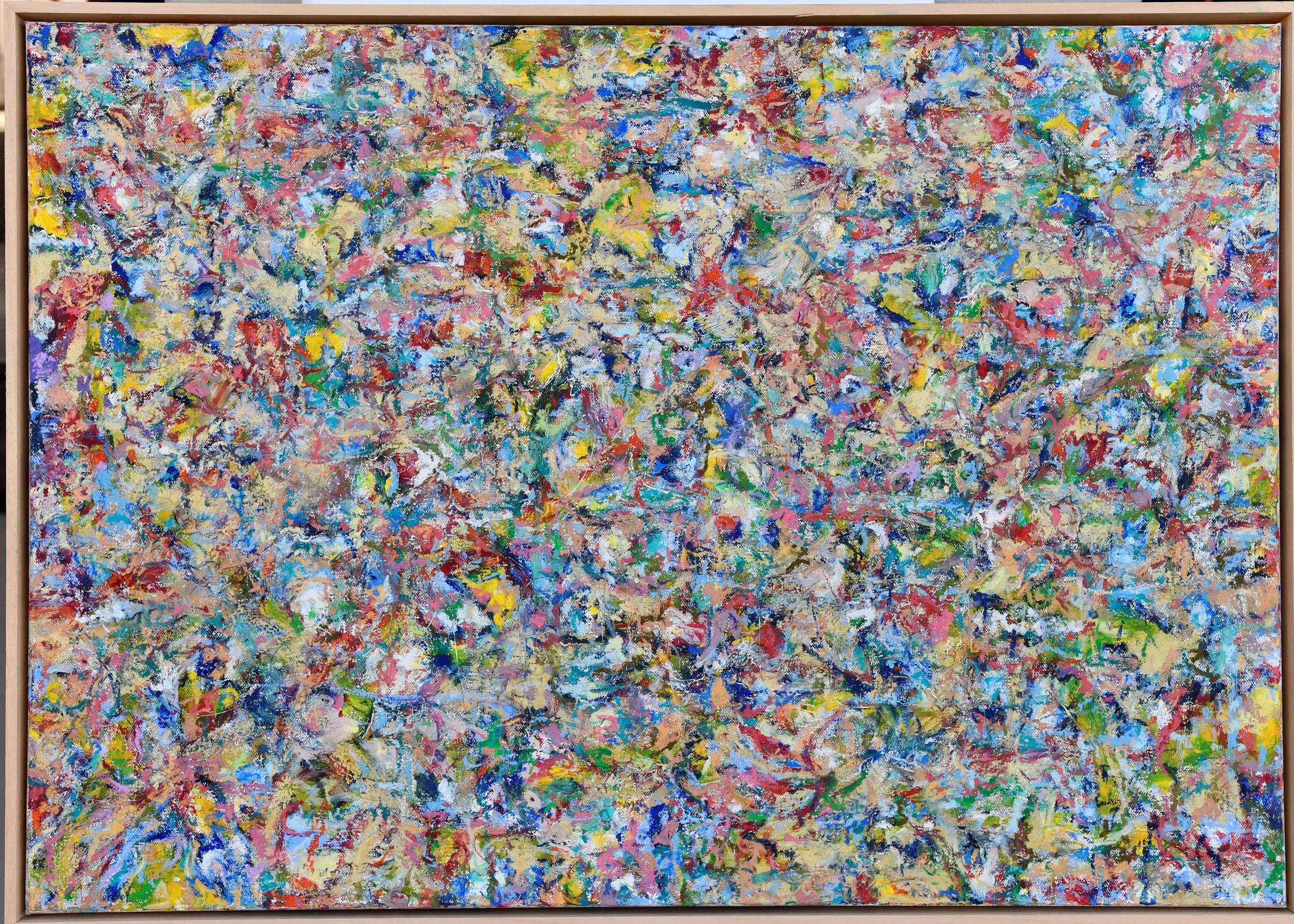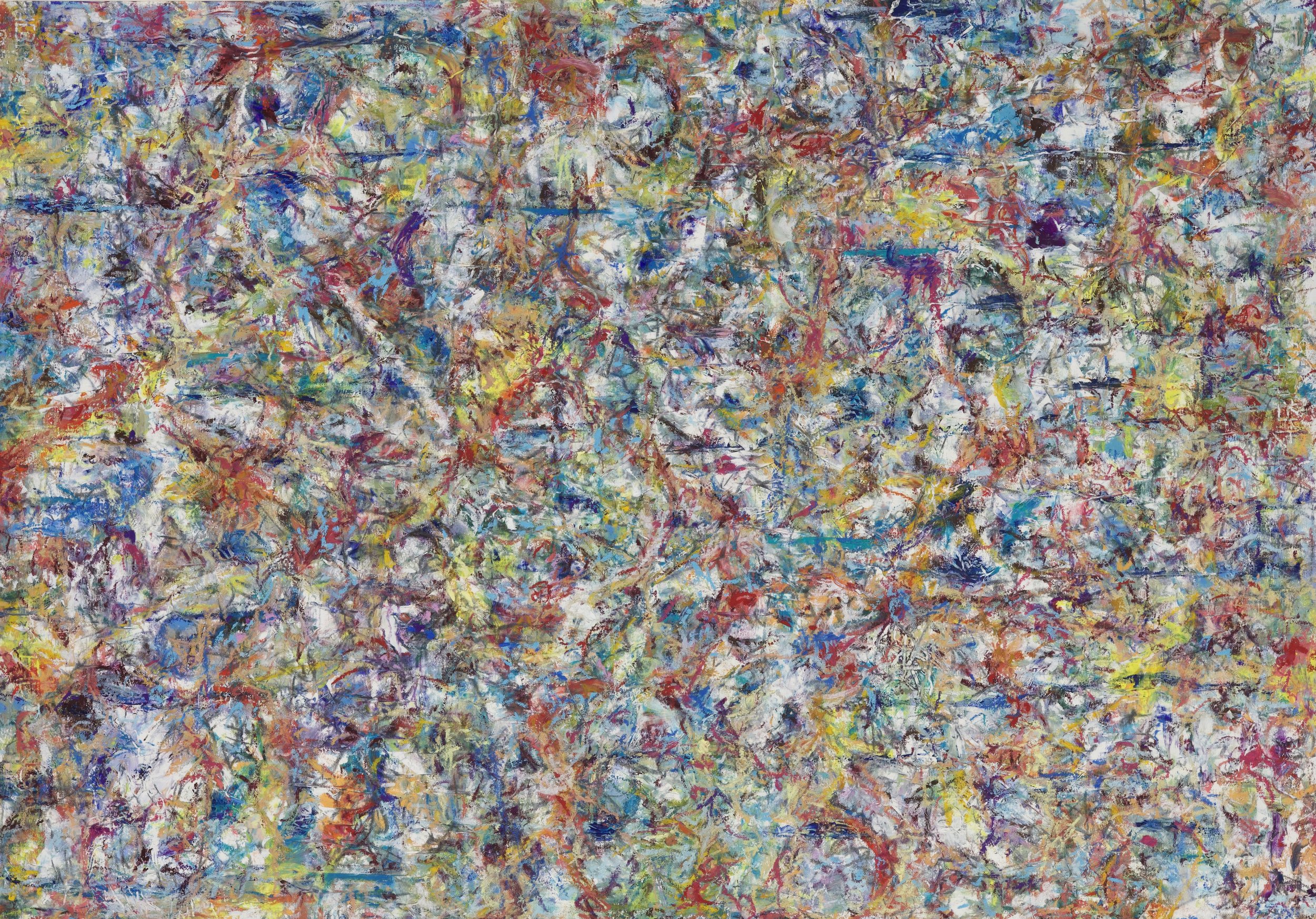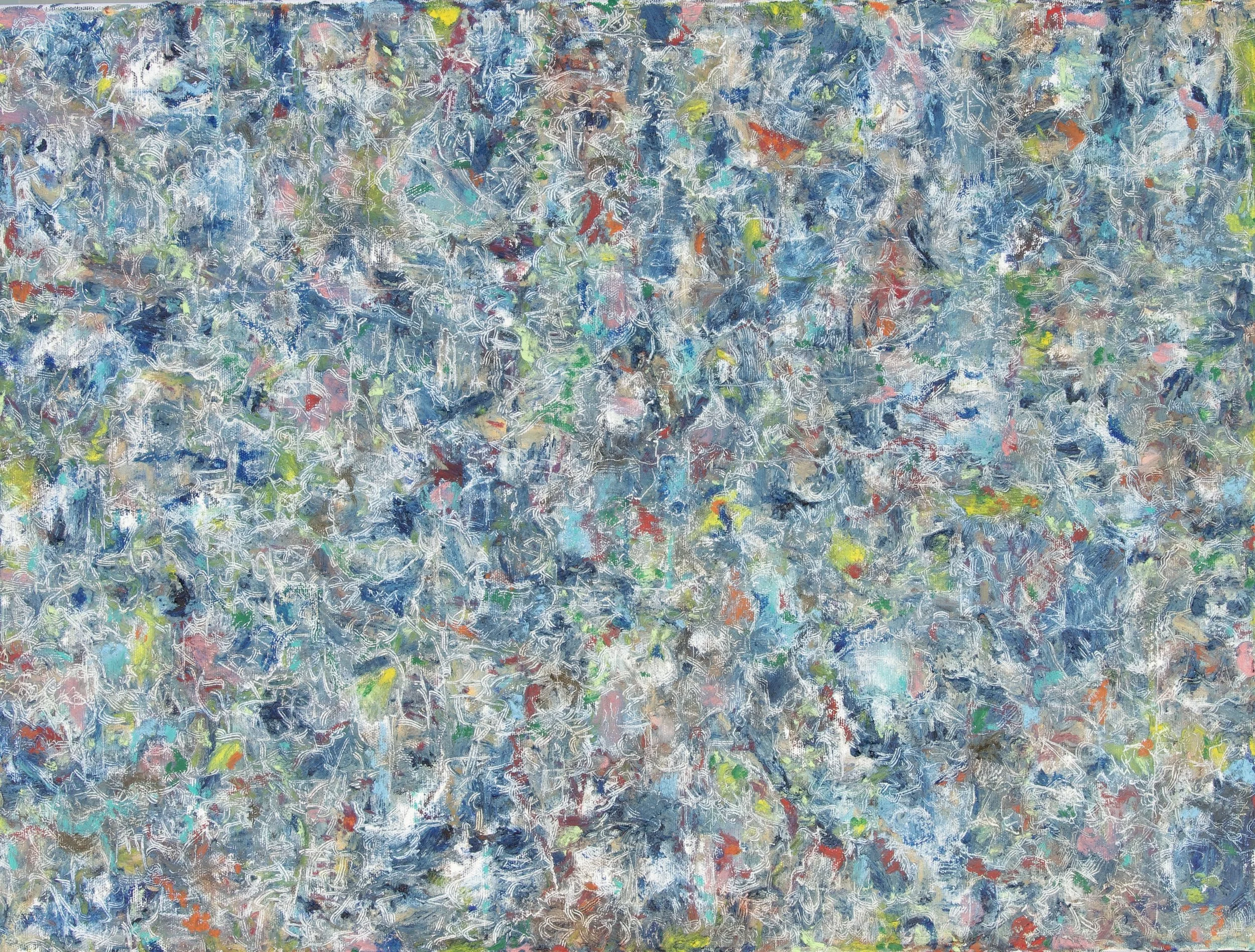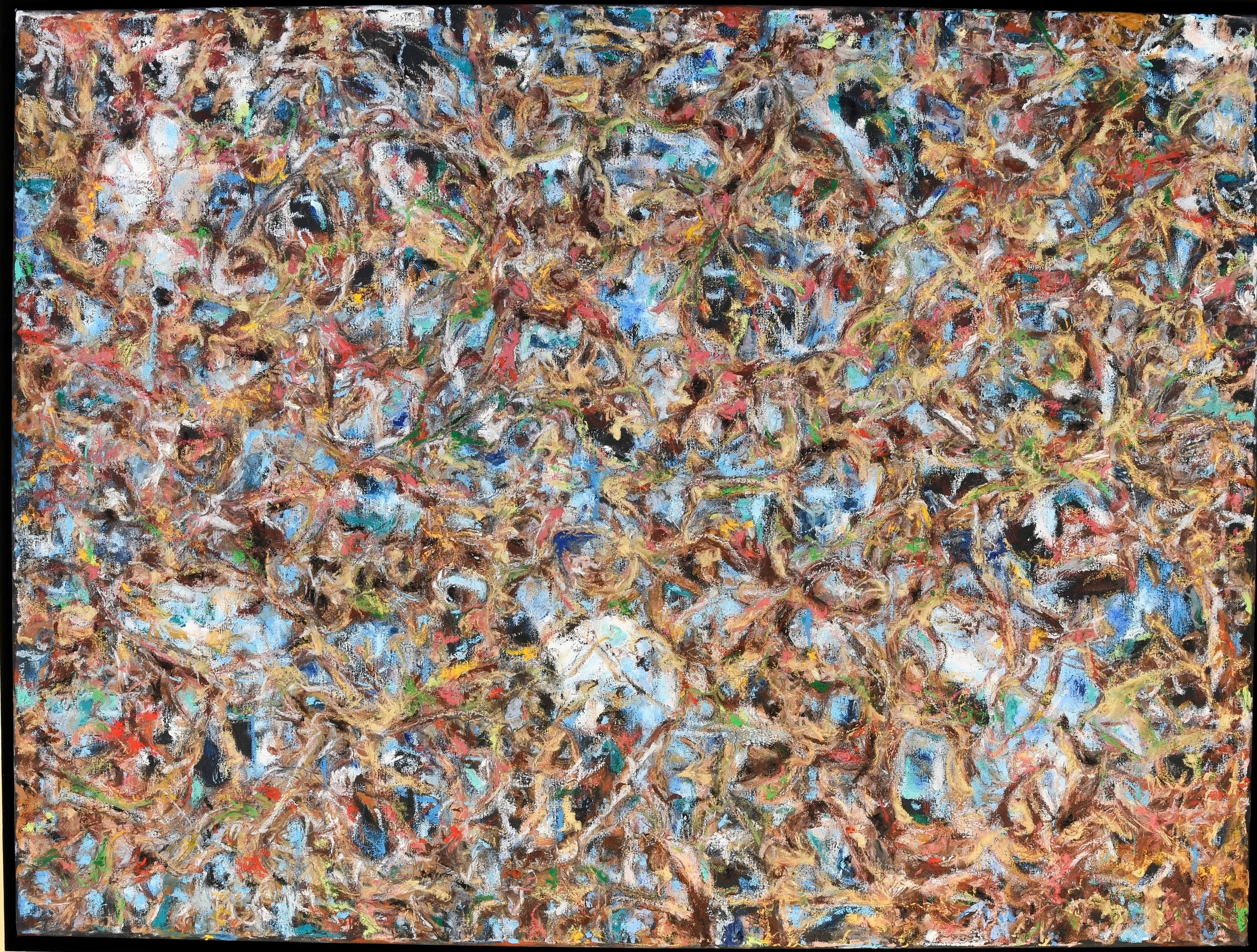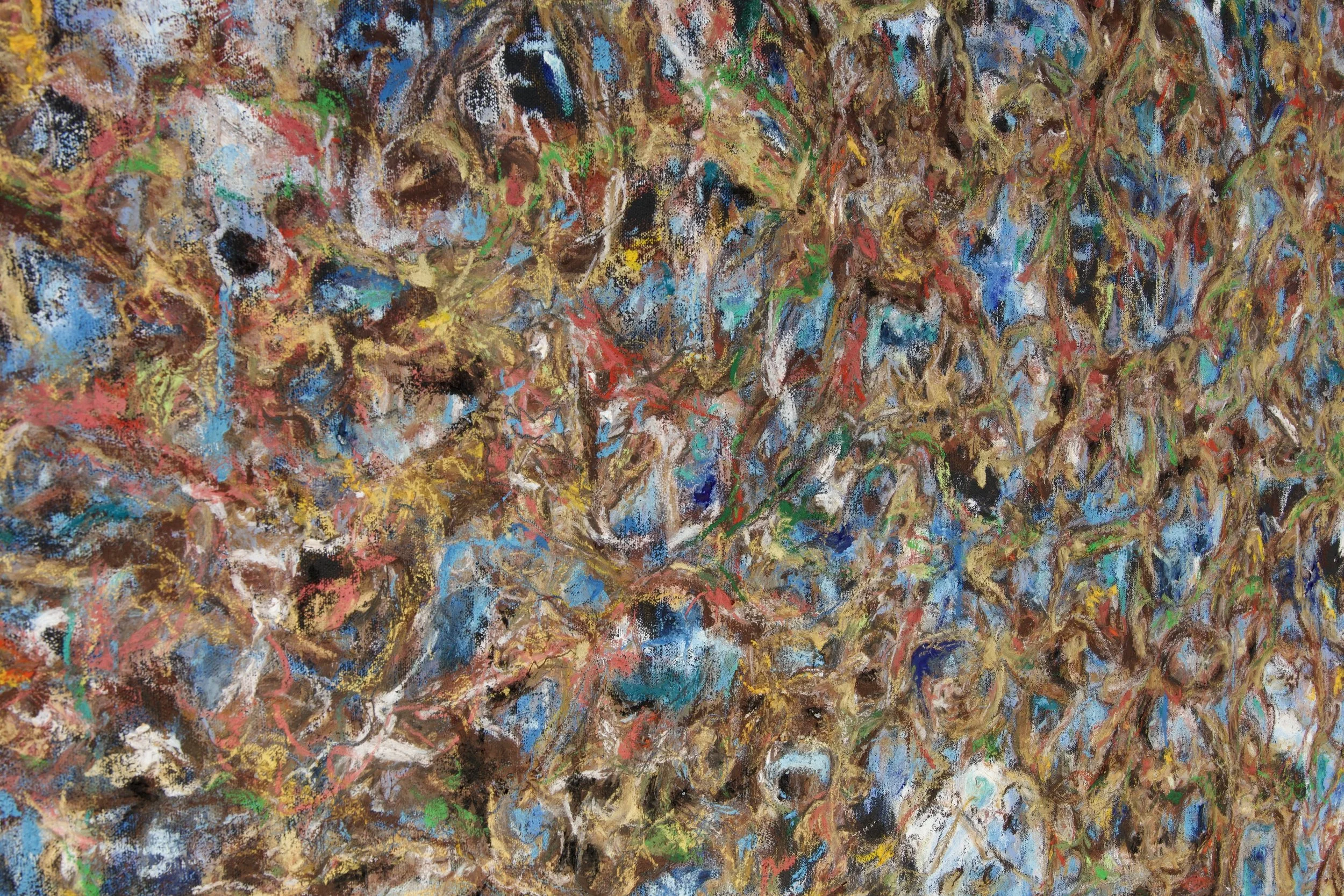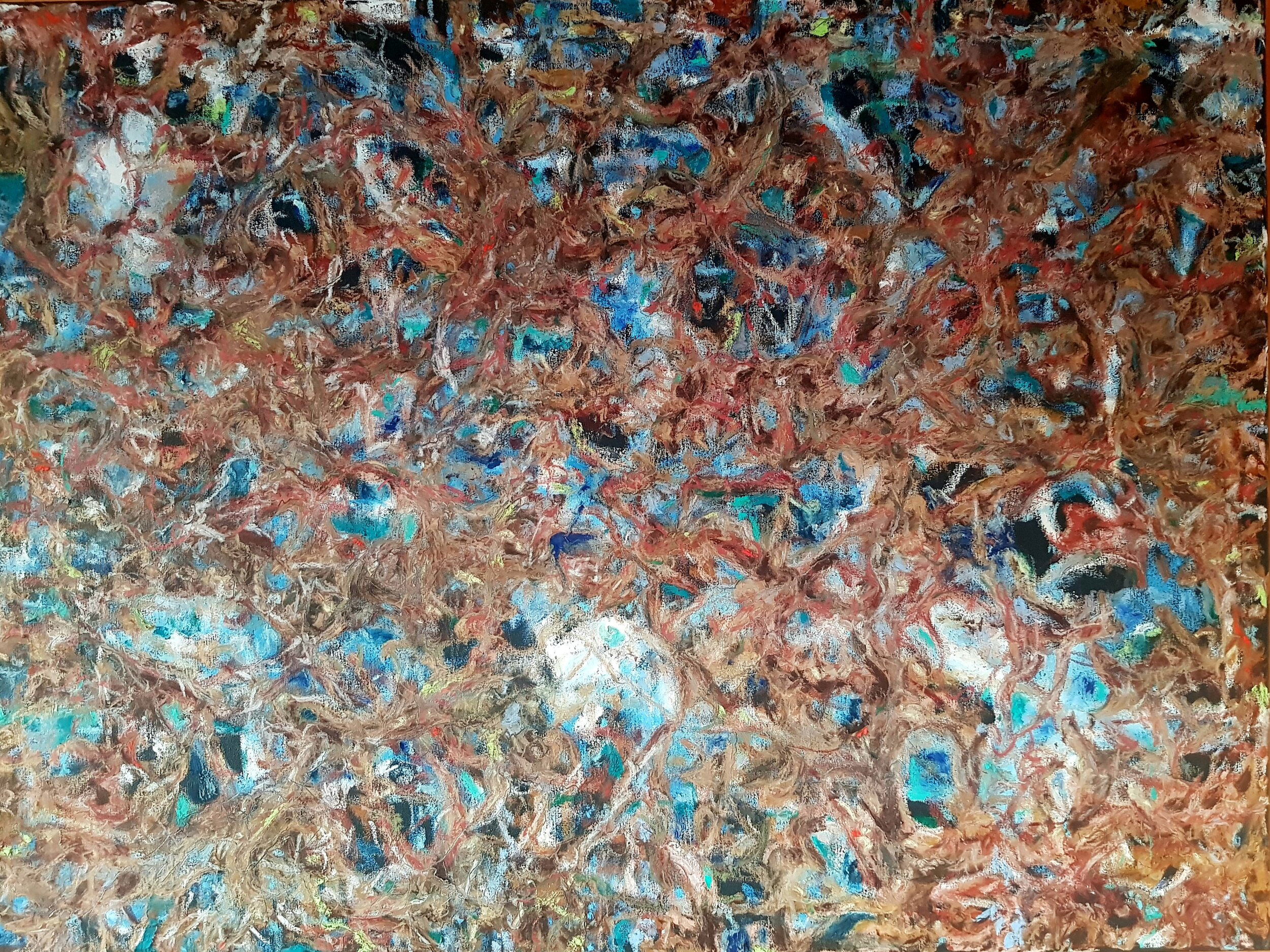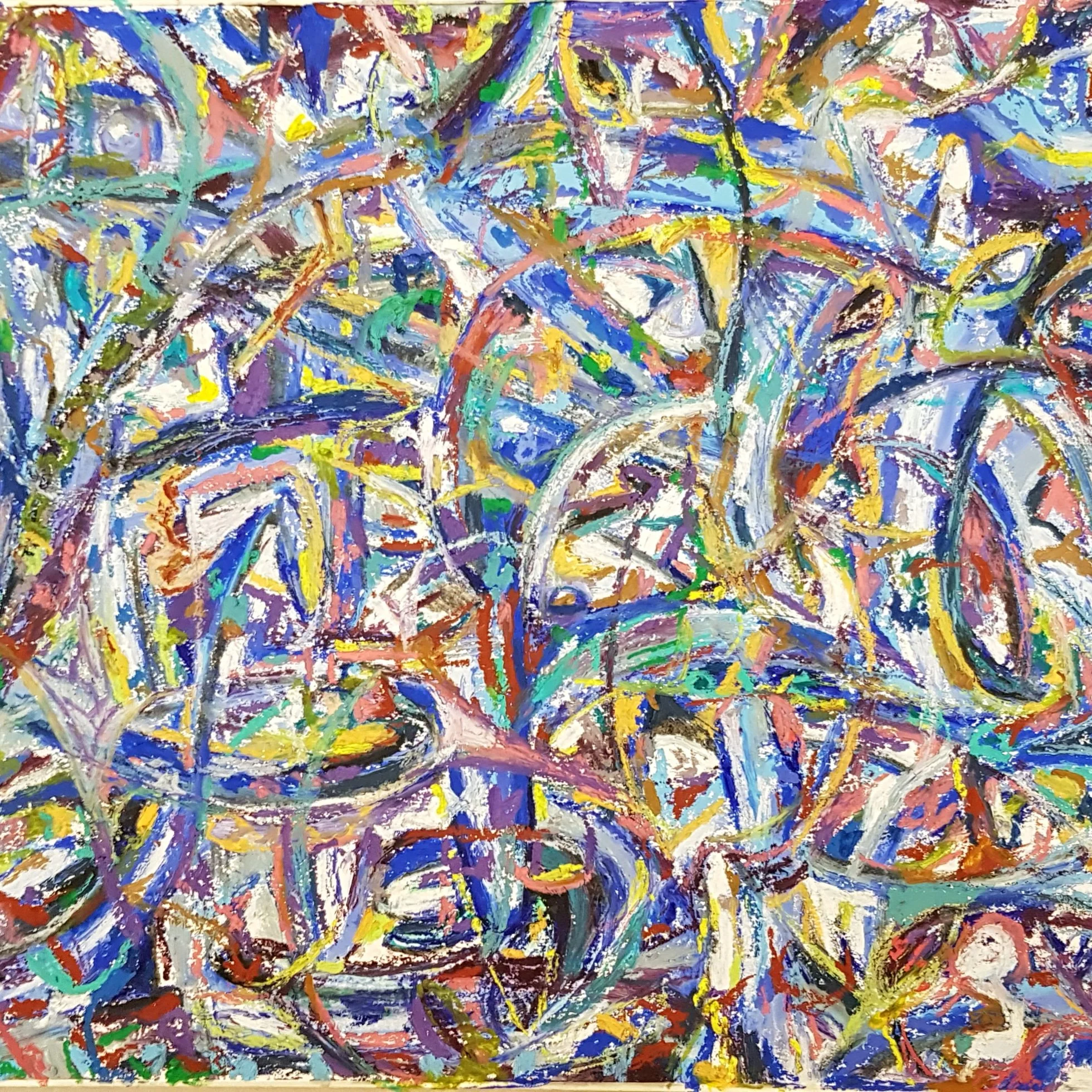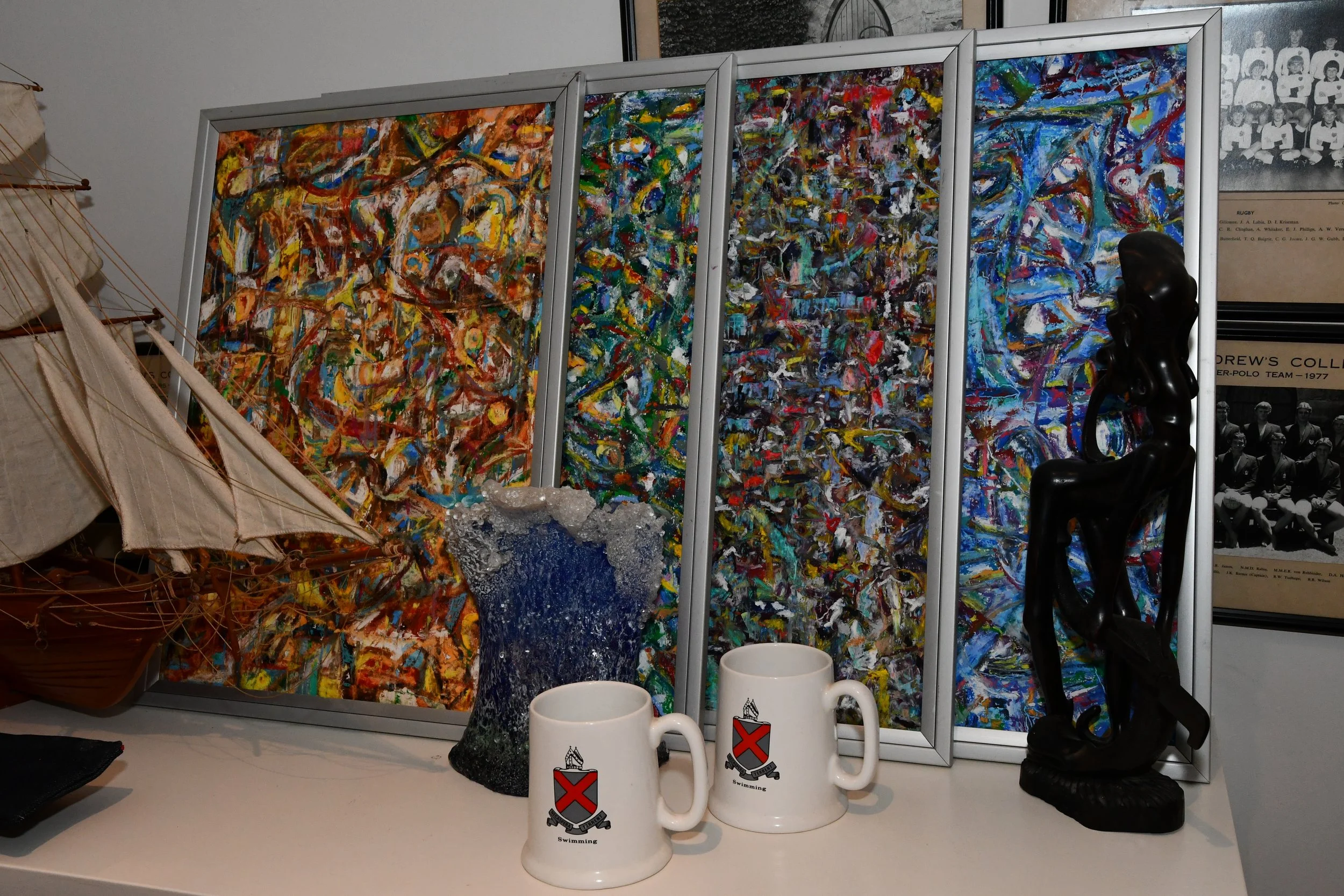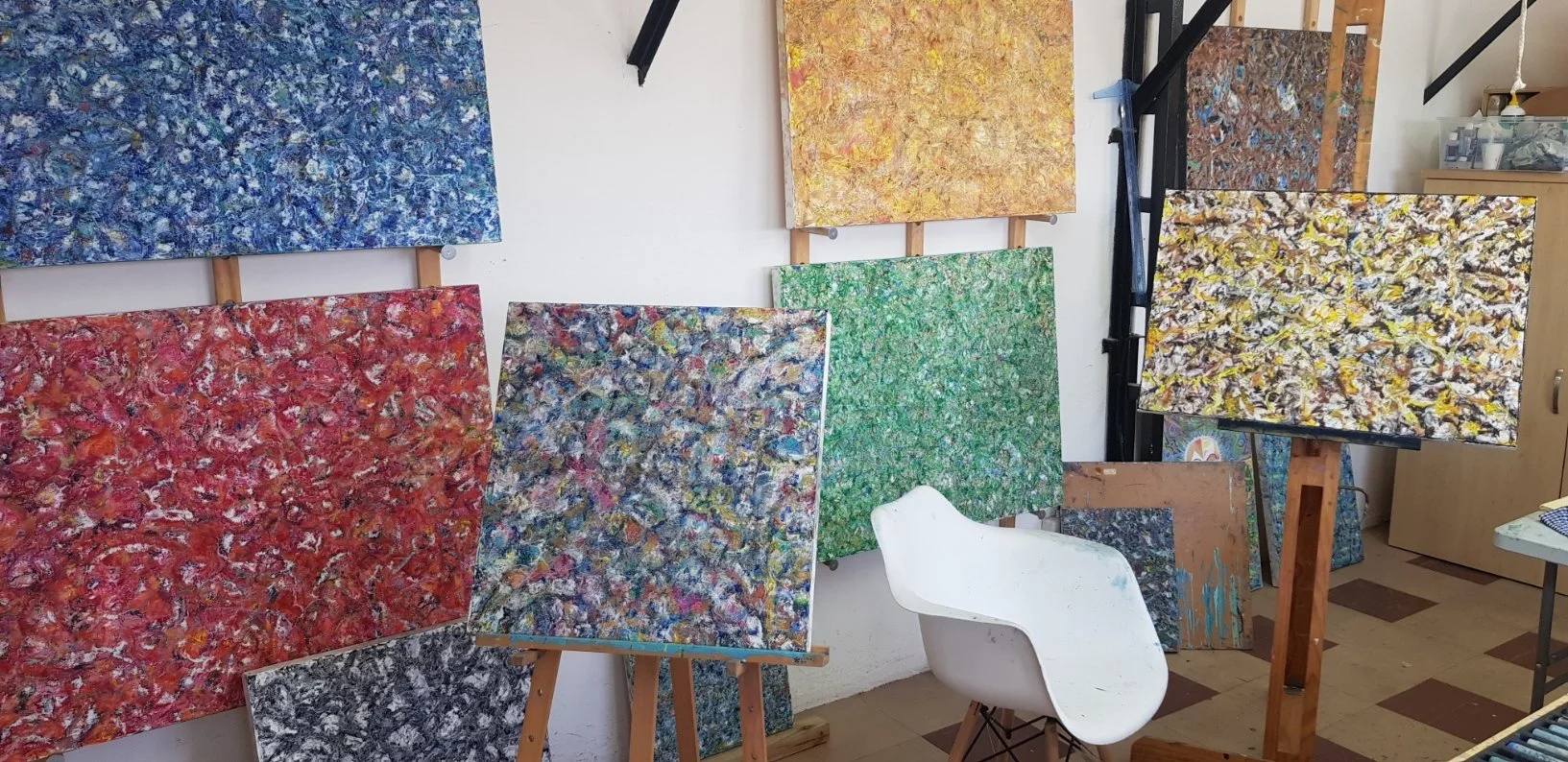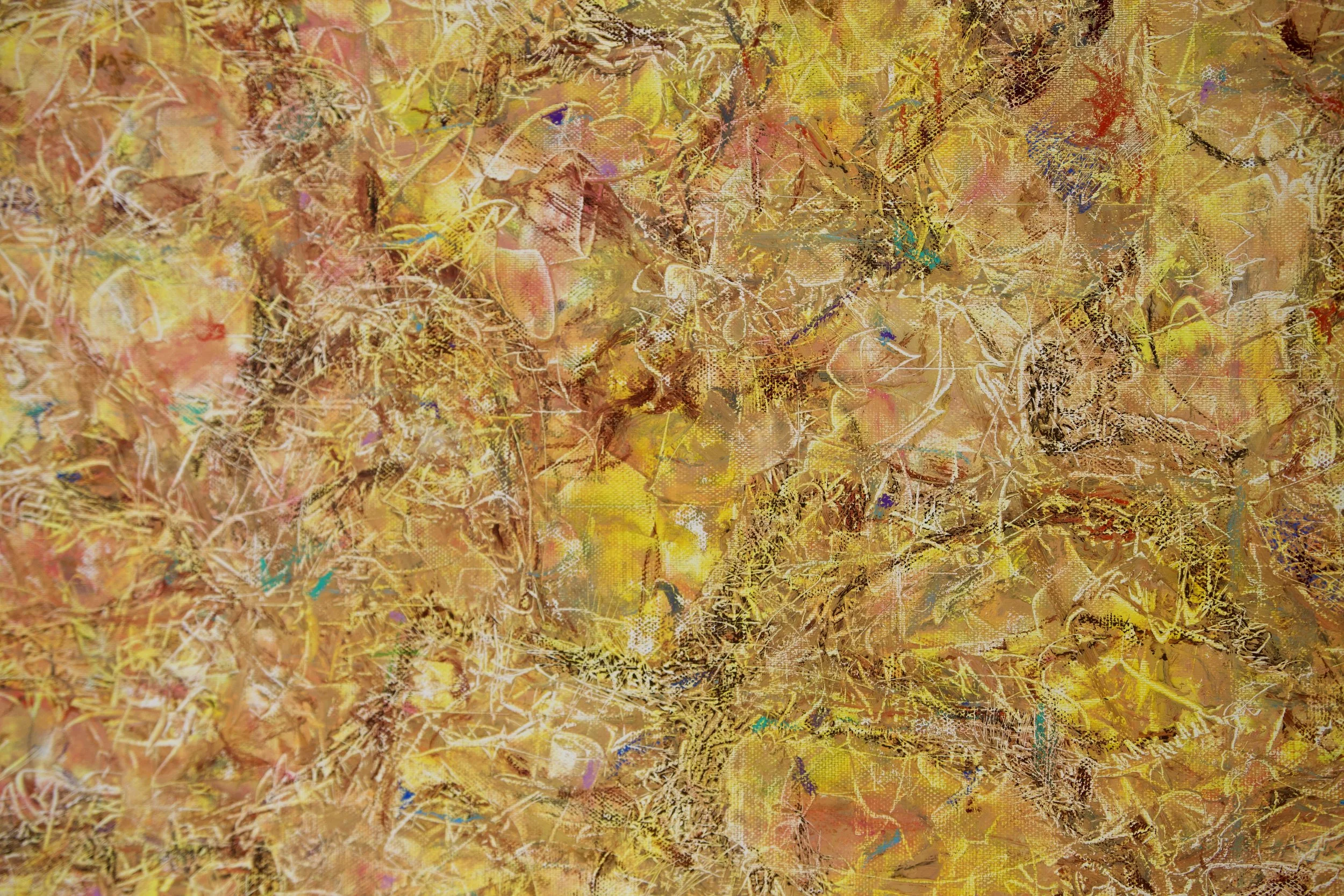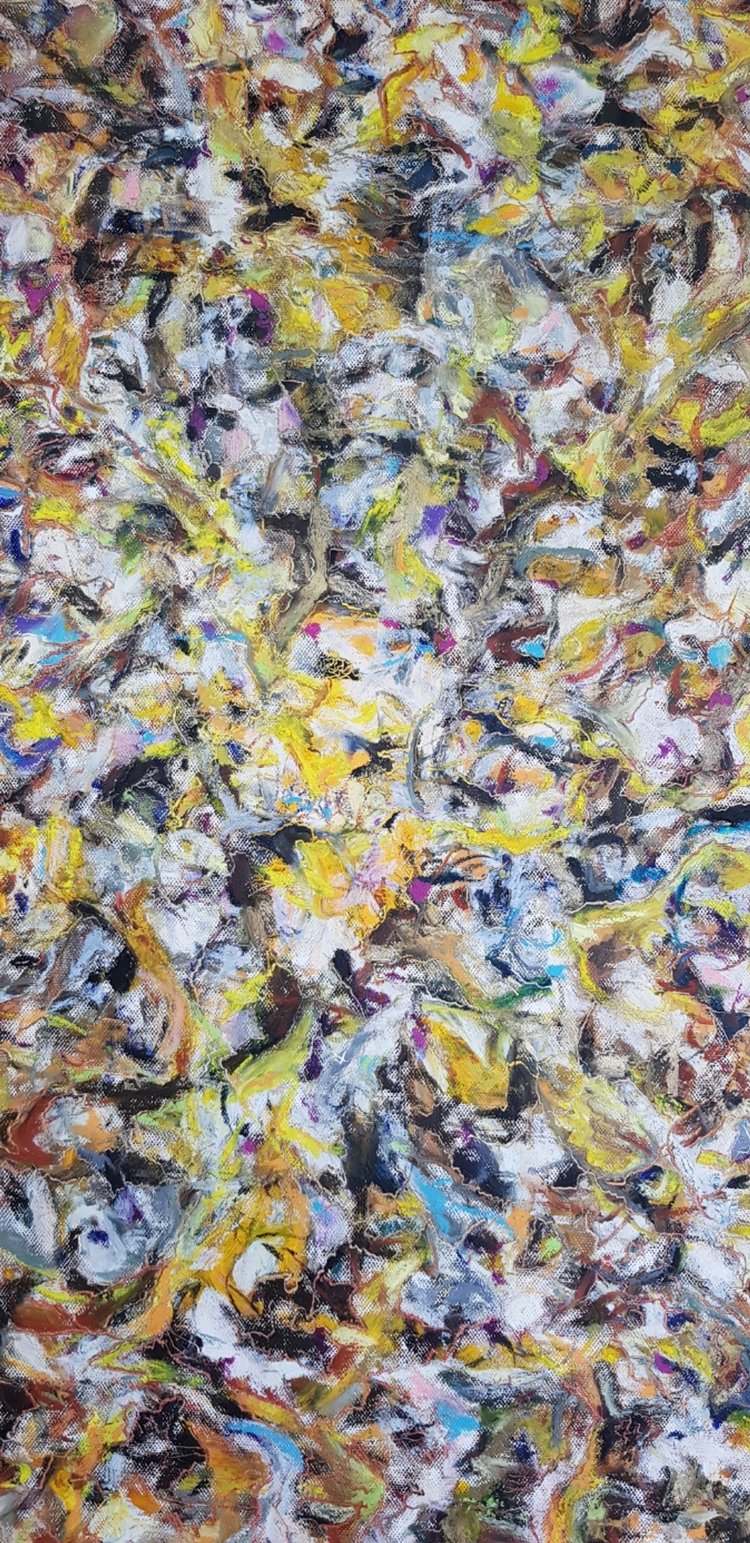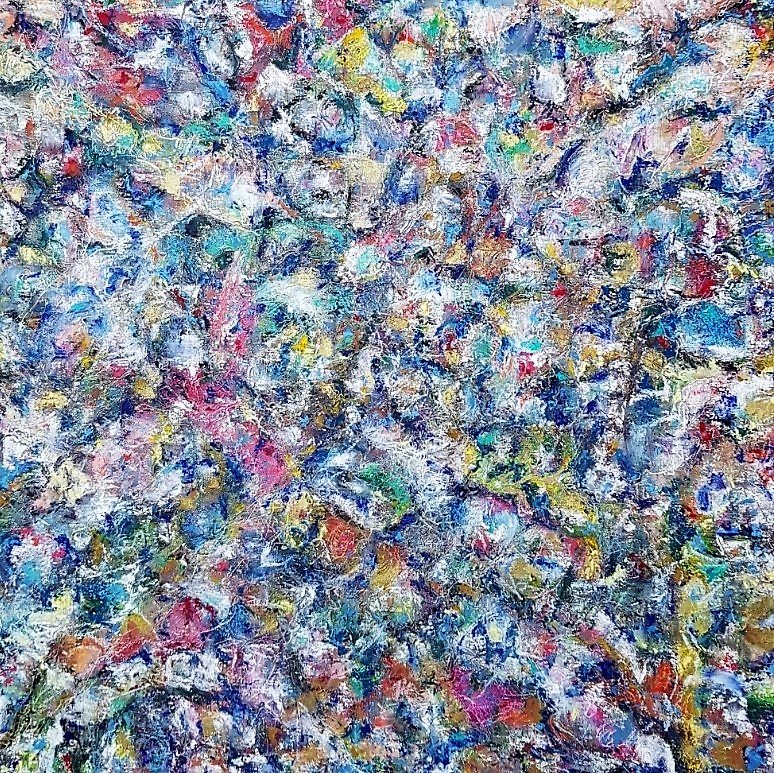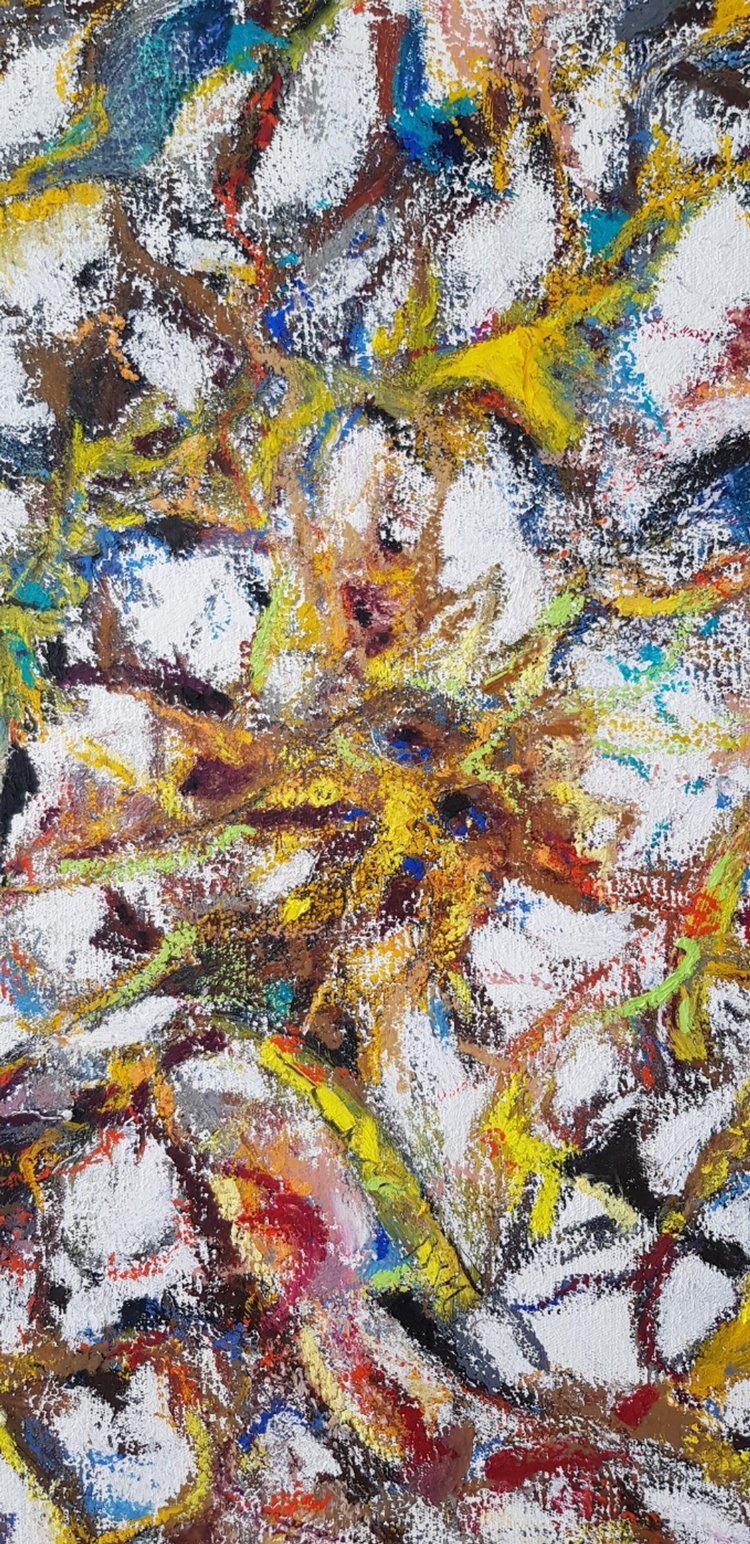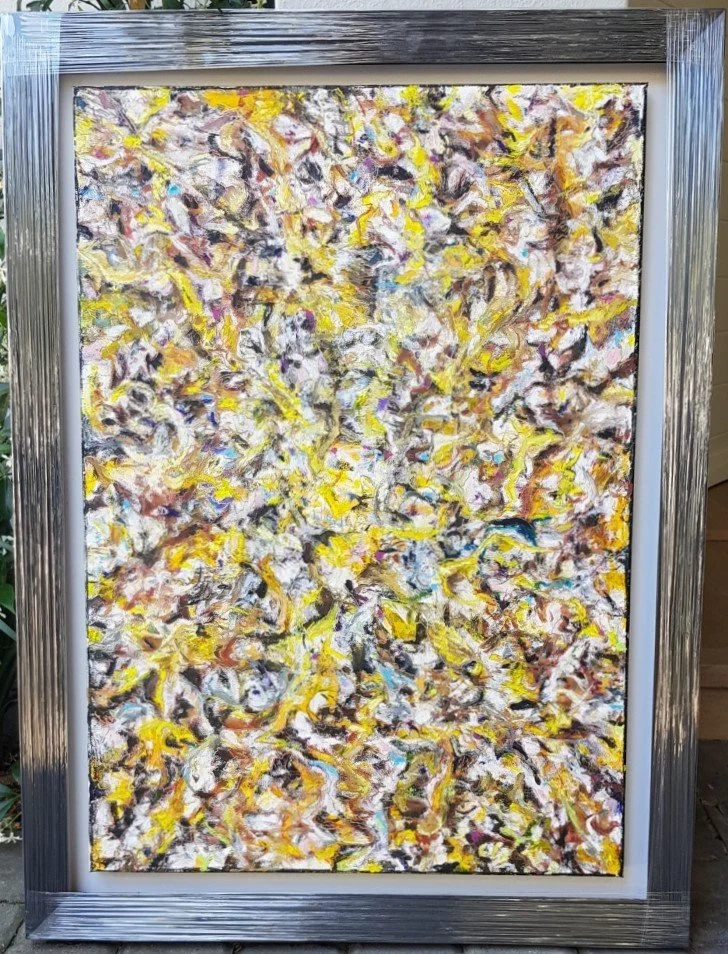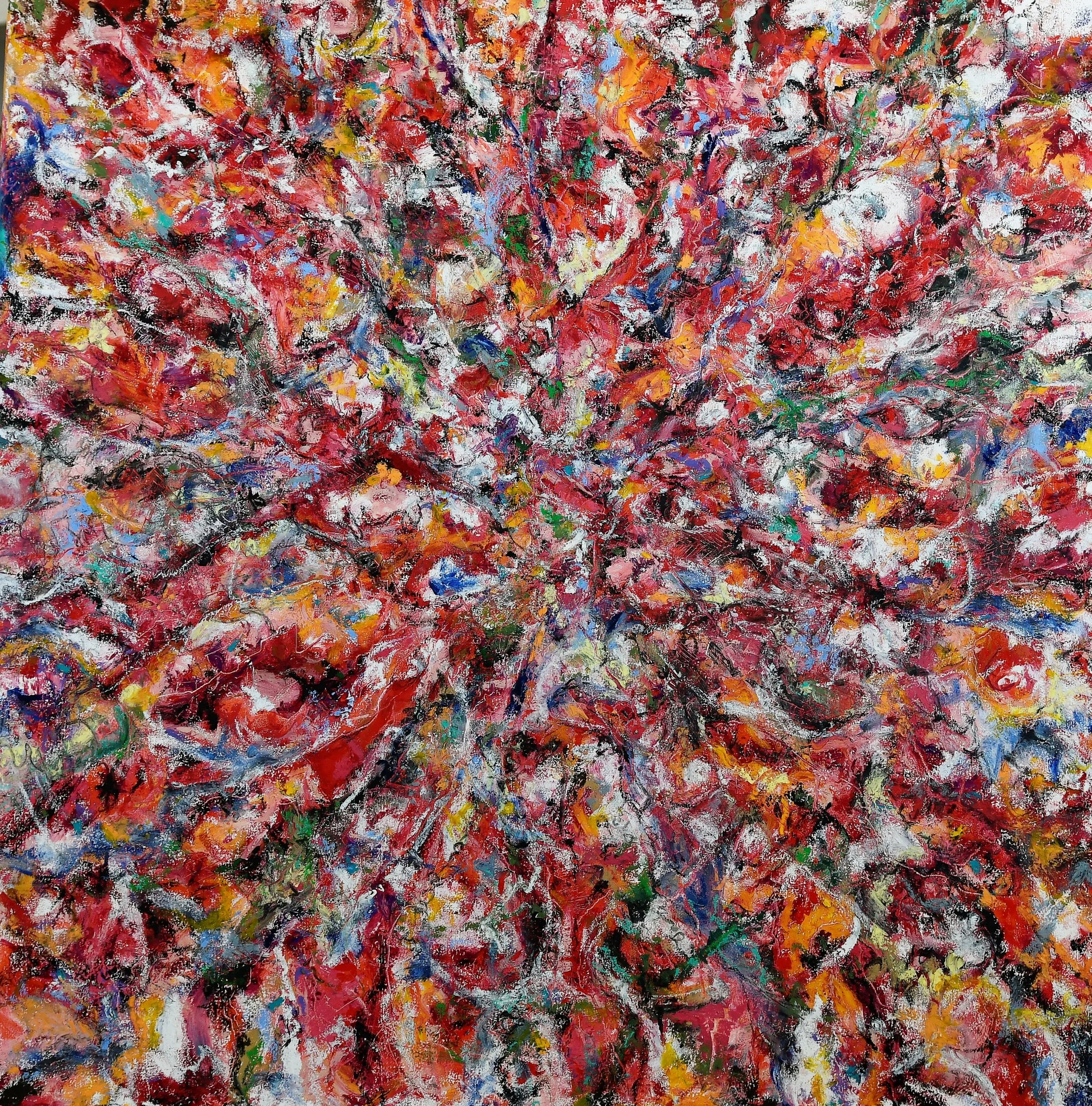
Focusless Fields.
“He aspired to be rid of the servitude of space, so that his eye may frolic amongst focusless fields, tumultuous with incessant creation.”
- Samuel Beckett
I have railed against trying to create orthodox abstract art. Firstly, my representational skills are poorly honed and secondly, abstraction generally depends upon a base from which one can abstract something.
I don’t like bases. For most of my life I have been subservient to the requisite methodological approaches required in financial management, and now I want to balance that deeply quantitative side with the long suppressed, qualitative side of my persona.
Samuel Beckett, when writing about the 20th Century French painter Andre Masson, suggested that he “Aspired to be rid of the servitude of space, so that his eye may frolic amongst focusless fields, tumultuous with incessant creation.” That must be a pretty amazing mind space to hang out in, I thought.
Mindfulness meditation is a beguilingly difficult practice. I have been trying to become better at it for many years, and largely failed. Discipline lets me down. The constant letting go of thought is easier said than done.
But what if I could combine the desire to be in those focusless fields with my meditation practice? I would need a discipline to keep me from slipping back into thought mode.
I came up with the idea that any time I caught myself thinking of anything, literally anything, my penalty would be to move my canvas 90 degrees, and carry on making marks. There would be no logic or purpose to the mark makings, and certainly no representational impulse.
The net result of the marks made on the canvas is ancillary to the progress made in my mindfulness practice. The creation of the “artwork” was never the prime purpose of the activity. But when I catch myself leaving that Focusless Field, I once again move the canvas 90 degrees, clear my mind of thoughts, and start again.
Each of the artworks have multiple hanging points integrated into the frame, allowing for variable orientation according to the viewer’s mood.







